D. Ramirez’s tips for incorporating vocals in electronic music
The Ivor Novello-nominated dance producer shares some of his favourite techniques for bringing his beats to life with vocals
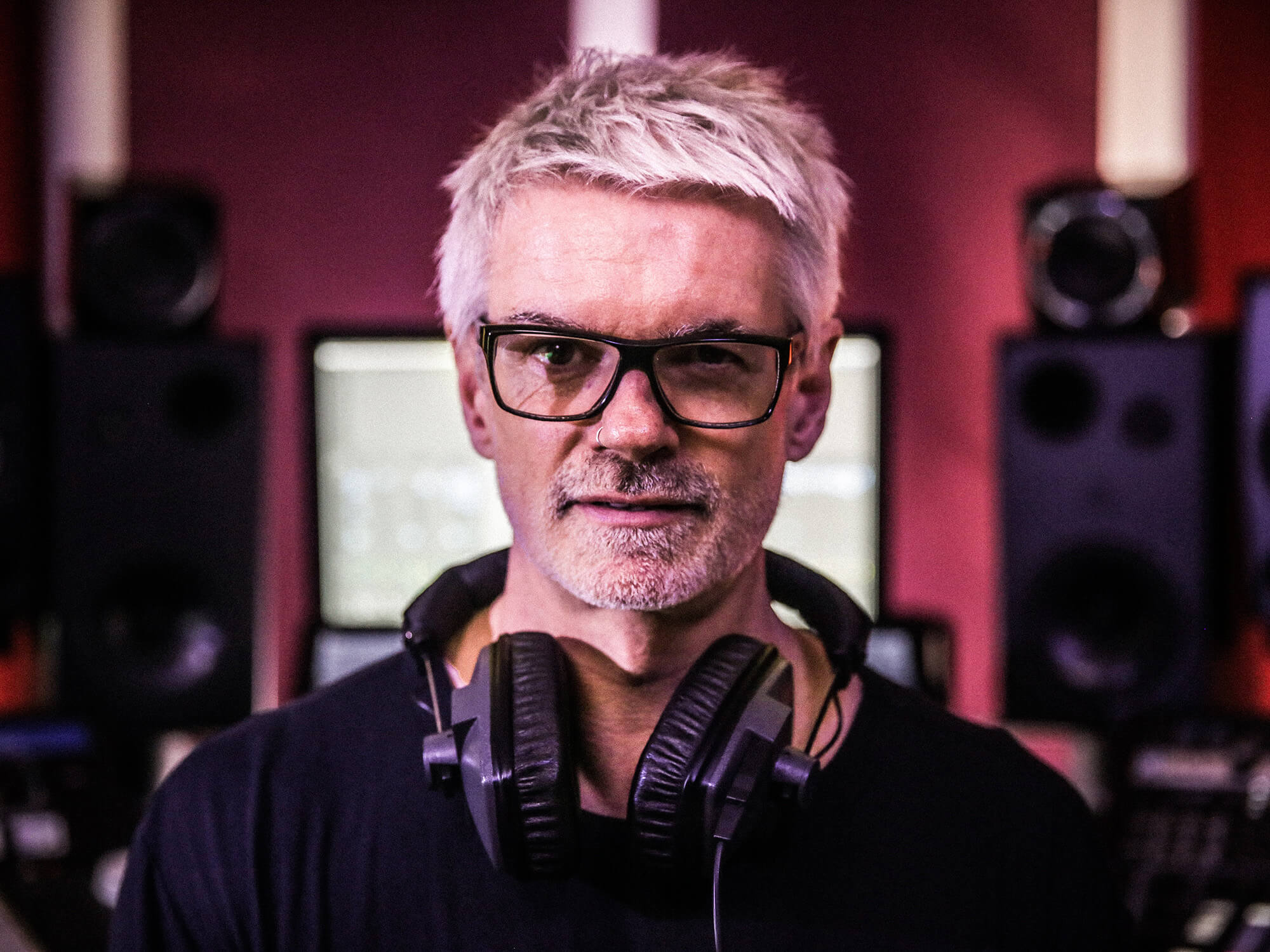
Image: Press
Finding the perfect vocals for electronic music can be tricky. They need to fit the style and genre while complementing the elements of your track – such as the beat, synths, and sound effects. The vocals should stand out over the instrumentation, but not be overpowering or distracting, all while conveying the intended message or mood of the song. This can be a delicate balance to achieve.
So where should you start when thinking of implementing vocals into your song? Following on from my new Toolroom Academy course, Master Series:
Vocal Hooks, I share five tips on how best to approach vocal production in electronic music.
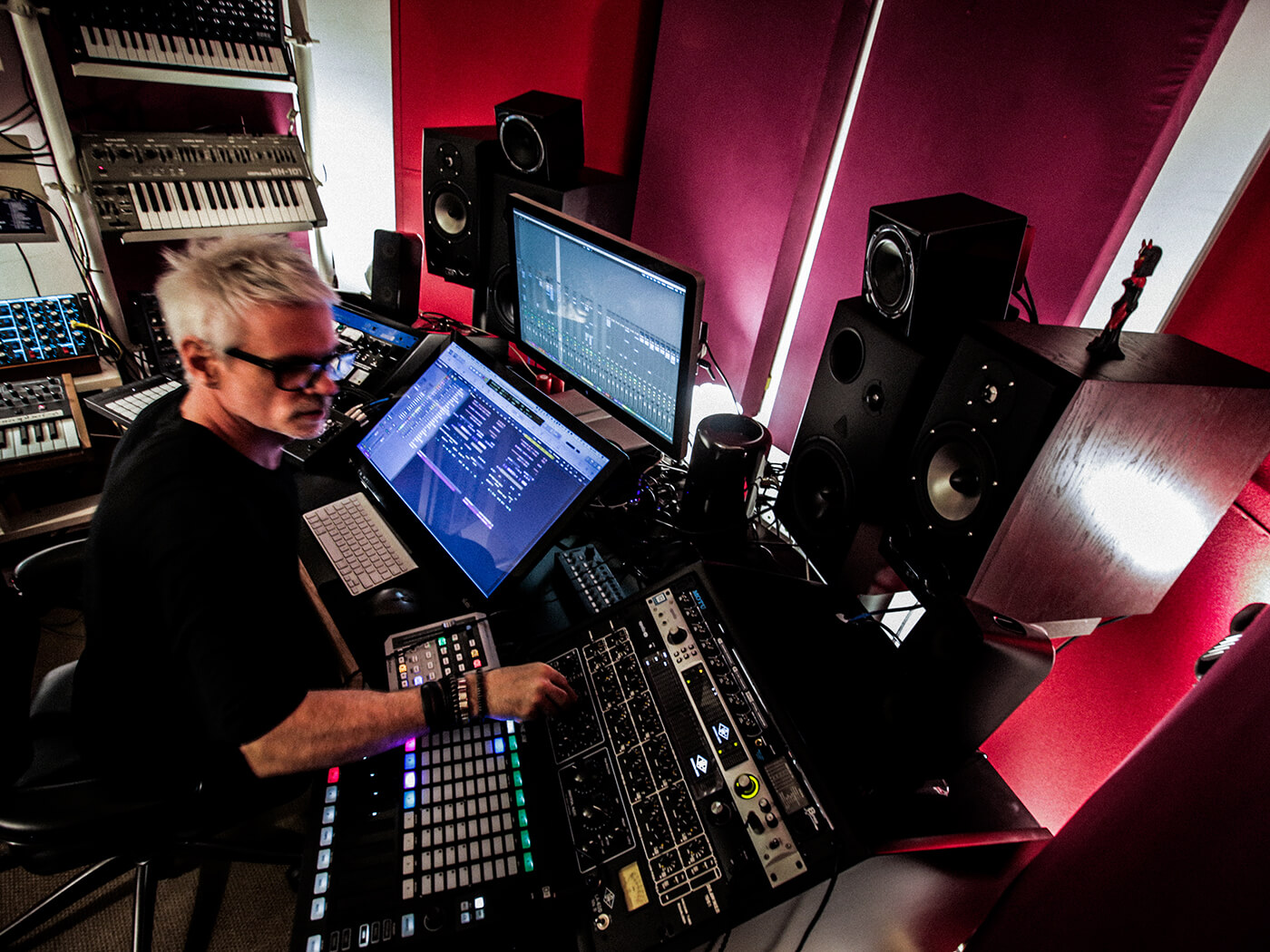
Sampling
Sampling vocals from other songs can be a fantastic way to add a unique edge to your electronic music. Just be sure to obtain the proper rights and permissions to use the samples in your releases to avoid any disputes.
For the highest-quality samples, try sampling directly from vinyl or using internal audio recording software like Audio Hijack to capture music from online sources. This way, you have a better chance of working with the most detailed version of the vocal. To extract the a capella (the vocal recording) from a full track, check out the range of stem separation software MusicTech has put to the test.
Once loaded into your sample editor or DAW, find the section of the vocal recording that you want to use as a sample. You can then edit the sample to fit the tempo and key of your track using time-stretching and pitch-shifting techniques. Finally, you can integrate the sample into your track by adding it to a channel in your DAW and adjusting the volume, panning, and mixing effects to suit the flavour of the track.
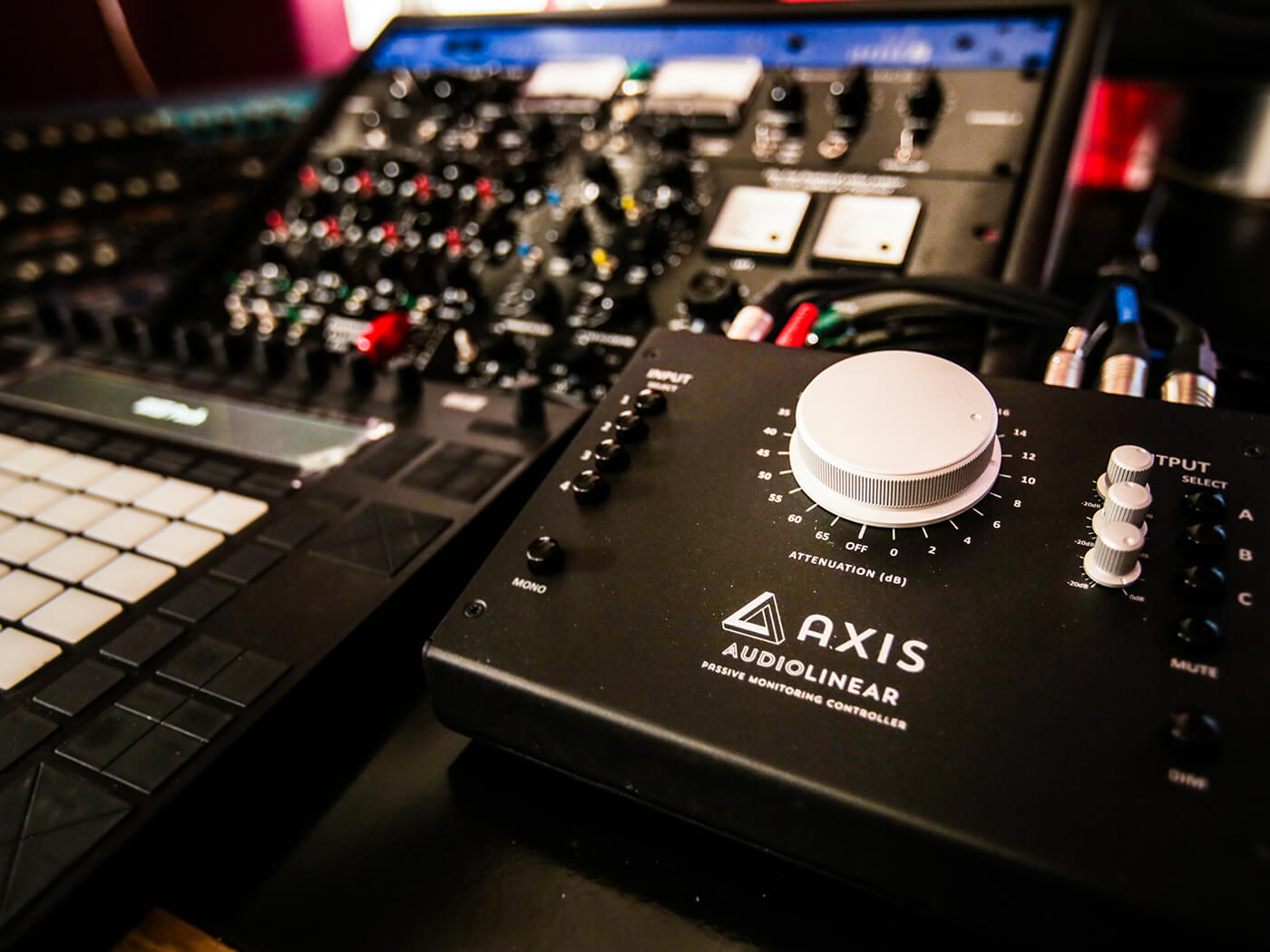
Using royalty-free sites such as Splice, BandLab and Loopcloud
To avoid any legal disputes from using samples, try royalty-free platforms such as Splice, BandLab and Loopcloud. Deciding on an ideal vocal sample from a library of thousands will depend on the specific style and genre of your track. But there’s a few general tips to follow that will help you track down the best sample.
First, try to define the role of the vocal sample in your track. Do you want the vocals to be the main focus of the track, or do you want them to serve as a background element? Do you want the vocals to convey a specific message or emotion, or do you want them to be more abstract and atmospheric? Answering these questions can help you narrow down your search and find vocal samples that fit your track’s overall theme and direction.
Take the time to listen to the wide variety of samples available on these platforms. Preview the samples before downloading to evaluate their quality and consider if it what you’re looking for. And don’t forget to consider the technical aspects of the sample, such as tempo, key, and length. Look for samples that are well-recorded, noise-free, easy to edit, and that will integrate nicely into your track. Matching the timing and pitch to your track organically – rather than editing them to fit within your DAW – will ensure a seamless blend of the sample with your music.
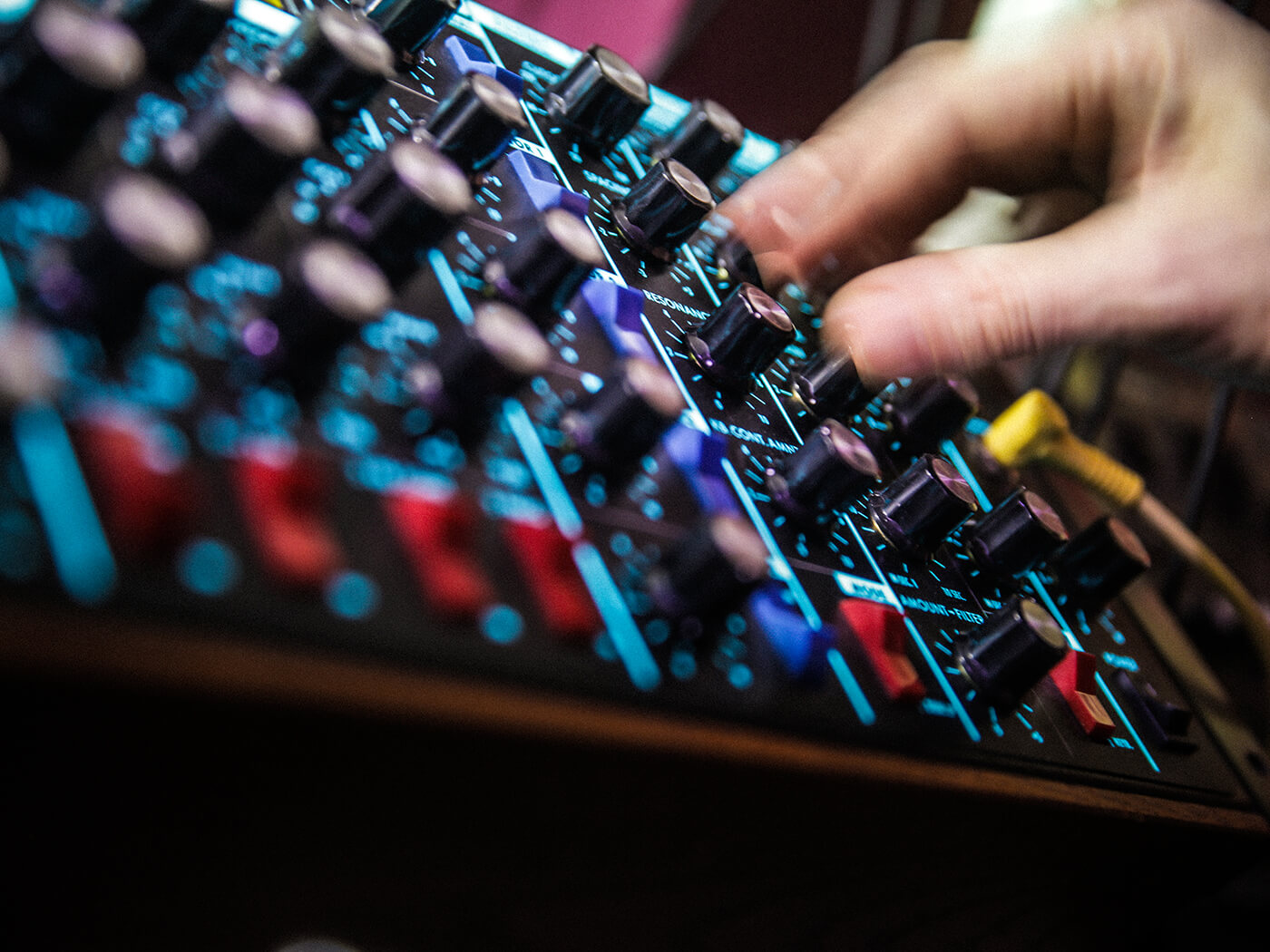
Using experimental vocal processing techniques in electronic music
You can add unique textures and sounds to your tracks with experimental vocal processing techniques and effects. This will let you create a sense of depth and space, add movement and texture, and create otherworldly or surreal vocal sounds.
Granulation is a technique that involves chopping up a recording into tiny pieces, or ‘grains,’ and then rearranging and playing them back at different speeds to create new sounds. This will give you a texture that is familiar yet alien at the same time, with a sense of depth and movement. Output’s Portal is a superb granulation plugin, as is Ableton Live’s Grainscanner.
Another technique to try is spectral processing. This involves analysing the frequency content of the vocals and then manipulating specific frequency ranges to create new sounds. This can include creating frequency-shifted copies of the original recording, or using filters to create a sense of movement or texture. Ableton Live has an amazing array of spectral processors.
Spectral processing is a fun technique for changing the sound of vocals by analysing and manipulating their frequency content. You can create cool new sounds by shifting frequencies or using filters with software like Ableton Live, which boasts amazing tools for spectral processing.
Pitch-shifting and formant shifting are also widely used for experimental vocal processing. Pitch shifters (surprisingly enough) change the pitch of a sound but don’t affect its tempo and duration. Formant shifting, meanwhile, modifies the relative intensity of different frequency ranges of the sound. You can use it to create different vocal styles, such as chipmunk or robot voices or a deep house vocal effect. Most Digital Audio Workstations have built-in tools for pitch shifting, but if not, consider using the Soundtoys Alter Boy plugin.
Using a vocoder will land you new vocal tones, such as robotic or alien-like voices. This technique involves using a carrier signal, such as a synthesizer or a drum machine, to modulate a modulator signal – in this case, the vocals. You can use hardware or software vocers and can create a wide range of different sounds, depending on the settings and the type of carrier and modulator signals used.
When experimenting with vocal processing techniques, aim for creativity and uniqueness, not perfection. Mix these techniques with traditional processing methods to create a cohesive and interesting sound. As ever, keep an open mind, try new things and be flexible with the outcome.
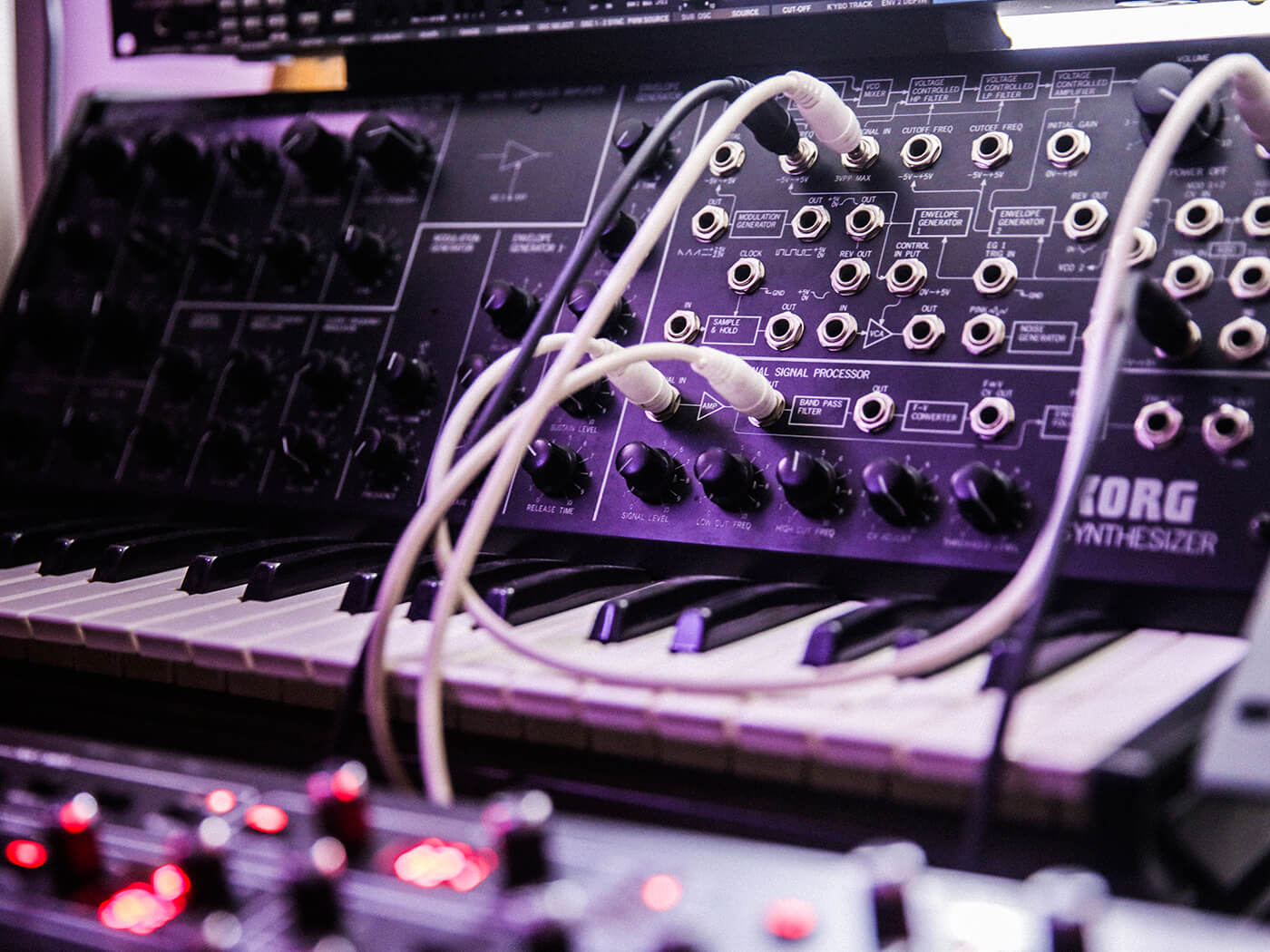
Writing and recording your own vocal
Recording your own vocals for an electronic music production can be a challenge but can also be an opportunity to explore new creative possibilities. Even if you don’t have traditional singing skills, you can still create unique and captivating vocal performances by experimenting with different techniques.
When you are ready to start recording, make sure you find a quiet, isolated space with minimal background noise. A high-quality microphone, such as a condenser microphone, is crucial for capturing high-quality vocals. Using a pop filter will help reduce any plosive sounds that might be picked up by the microphone.
When recording, pay attention to your breath control, phrasing, and dynamics. You may need to record multiple takes and select the best parts to create a final composite.
- READ MORE: How to create perfect vocals
After the recording process, editing the vocals using software can enhance the sound you’re looking for. This can include EQ adjustments to enhance certain frequency ranges, compression to bring out the details of the voice, and reverb to create a sense of space. Be sure to balance the level of the vocals with the rest of the music to create a cohesive sound.
You could also try spoken vocals rather than singing – speaking or rapping over the instrumental track, or using samples of spoken word recordings. You can experiment with different types of speech, such as poetry, monologues, or even field recordings, to create a unique vocal texture. It’s also fun to experiment with Auto-Tune to create a pitch-shifted or glitchy vocal sound.
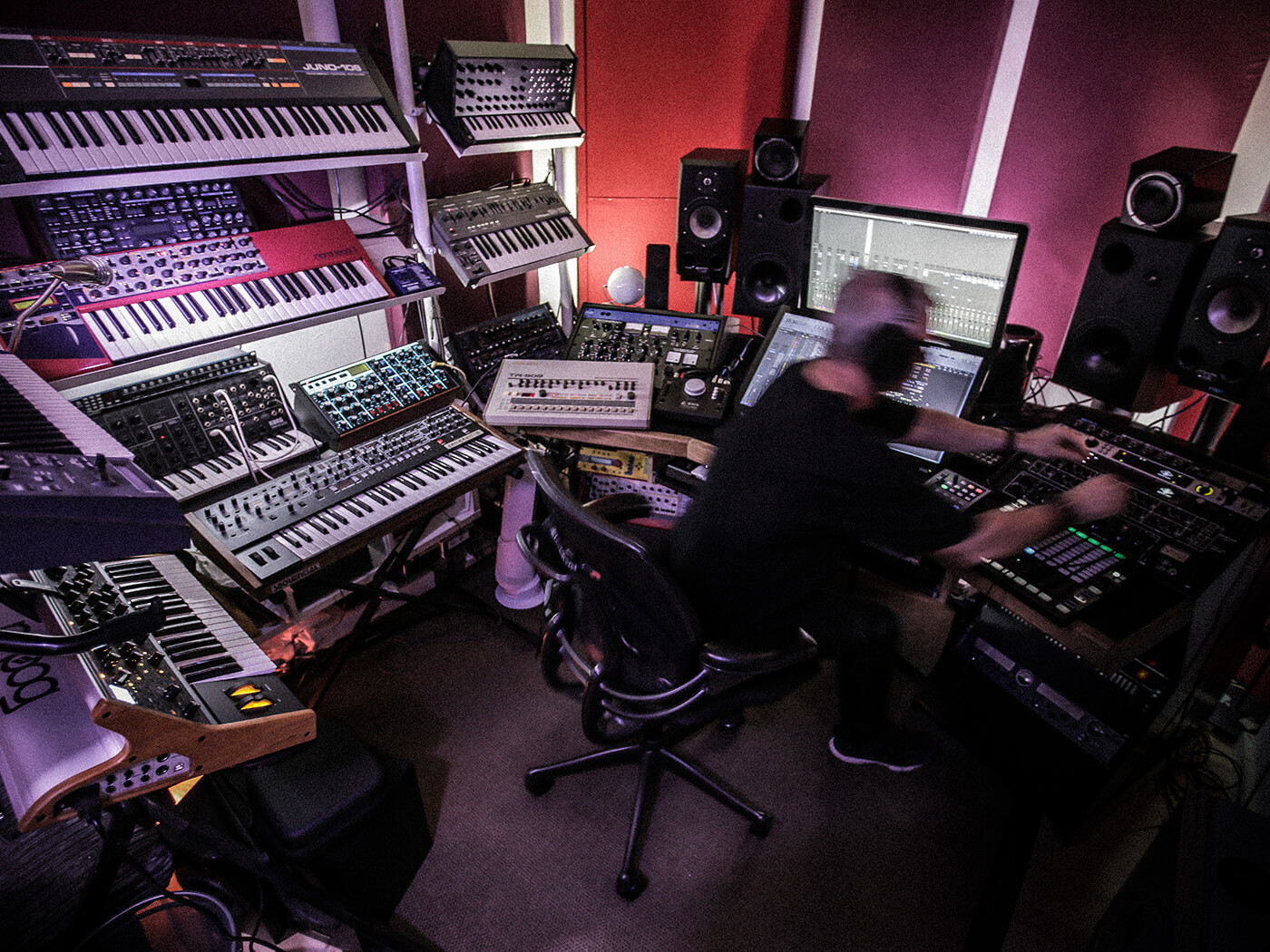
Working with professional vocalists
Before you start working with a vocalist, understand what vocal style will fit the feel of your song. It’s wise to provide the vocalist with a demo of the instrumental track, including a basic structure and any guidelines or ideas that you have in mind.
Try to be open to the vocalist’s input and suggestions. A strong vocalist will bring their own unique perspective and ideas to the song and by working together, you can create something that is greater than the sum of its parts.
During the recording process, it’s important to work with the vocalist to get the best possible performance. This can include providing guidance on phrasing, dynamics, and expression, and offering feedback on the take.
As previously mentioned, you’ll likely need to apply dynamic processing and creative effects to build a cohesive mix and achieve the sound you’re after.
Be sure to get feedback from fellow producers, vocalists and friends to get a fresh perspective on the vocals. Remember that the collaboration between you and the vocalist can be an enjoyable and rewarding process that can lead to the creation of something special.